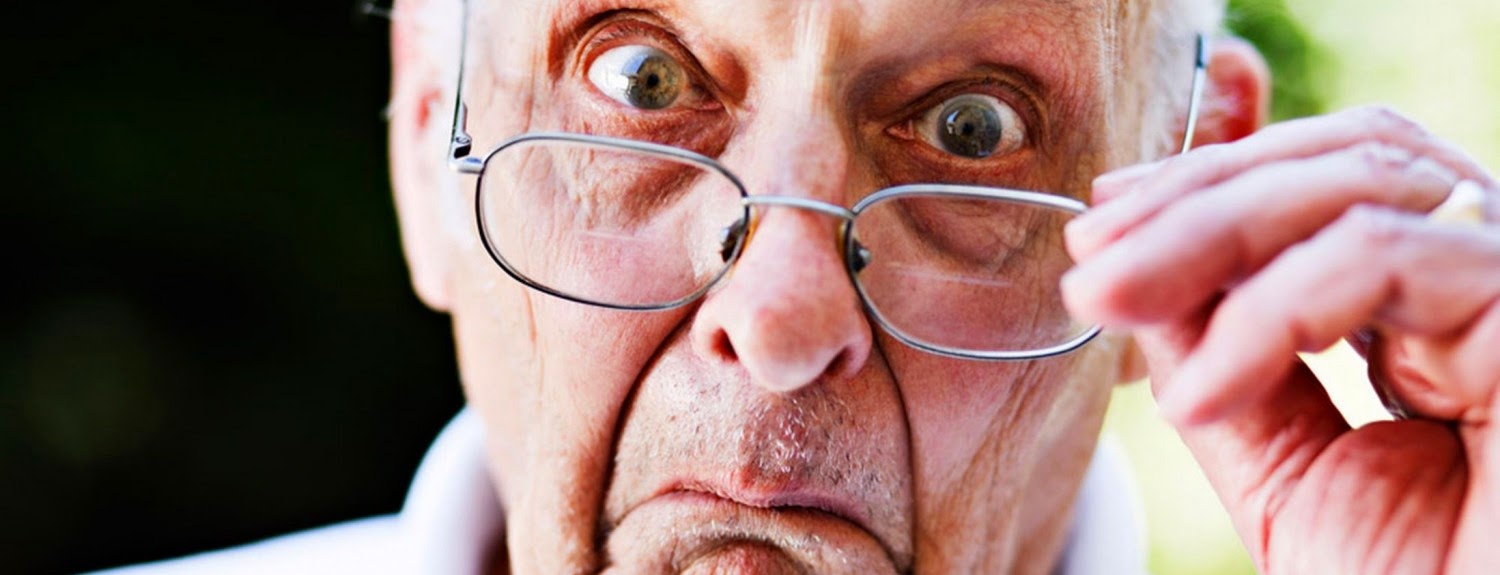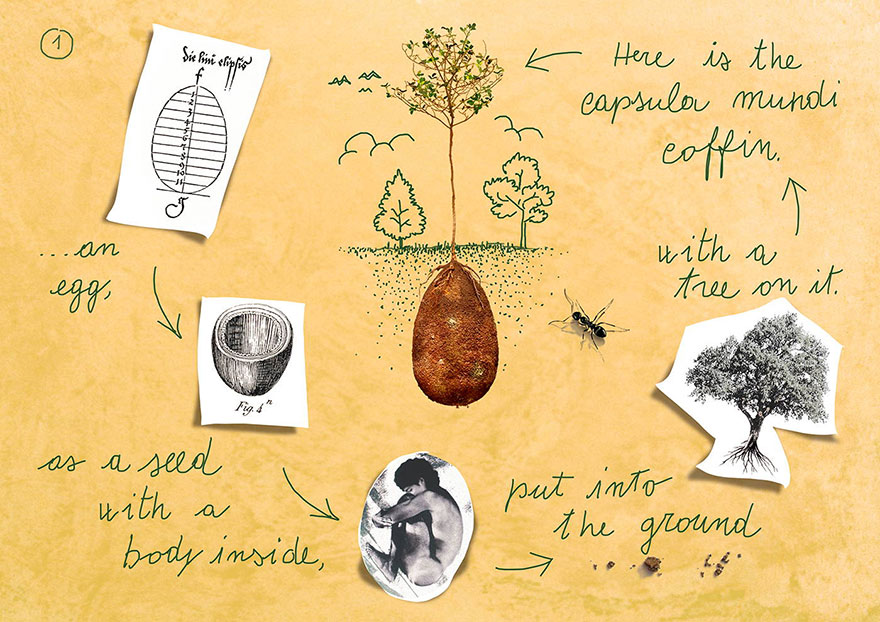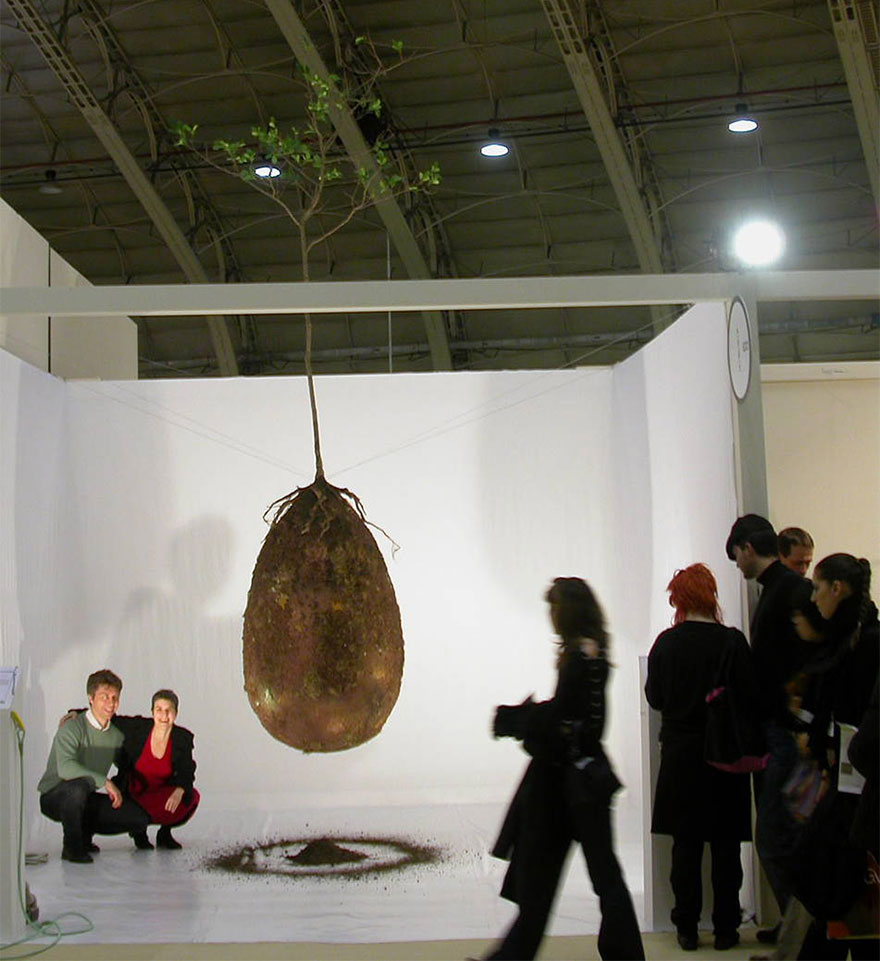Icons of their time, these celebrities didn’t stray far from
their public personae when it came to their final resting places
When the comedian David Brenner died earlier this year,
obituaries reported that he’d asked to be buried with $100 in small bills,
“just in case tipping is recommended where I’m going.
Brenner is not the first celebrity to challenge the conventional
wisdom of “you can’t take it with you.” Here are nine more:
Leonard Bernstein (1918 to 1990). The
famous conductor and composer, whose works included the musicals On the
Town and West Side Story, was buried with a piece of
amber, a lucky penny, a baton, a copy of Alice in Wonderland and
a pocket score of Gustav Mahler’s Fifth Symphony, according to the 2014
biography Leonard Bernstein: An American Musician. While each item
had its significance in Bernstein’s life, the Mahler symphony was probably
closest to his heart. At least one account claims it was placed directly over
his heart in his casket, though others say it was simply put in alongside him.
Bernstein was known to have both idolized and identified with
the late Austrian conductor and composer. Introducing a 1960 Young People’s
Concert devoted to Mahler’s work, Bernstein observed, “It’s a problem to be
both a conductor and a composer; there never seems to be
enough time and energy to be both things. I ought to know because I have the
same problem myself… It’s like being two different men locked up in the same
body; one man is a conductor and the other a composer, and they’re both one fellow
called Mahler (or Bernstein).”
Humphrey Bogart (1899 to 1957). Before
the actor’s cremated remains were laid to rest, they were supposedly joined in
their urn by a small gold whistle bearing the inscription “If you want
anything, just whistle,” which he had given his widow, Lauren Bacall, years
earlier.
The line was a reference to their 1944 film, To Have and
Have Not, loosely based on an Ernest Hemingway novel, and the first movie
to pair the then 43-year-old Bogart and his 19-year-old future wife. Though the
quote in the inscription is often cited as a line of dialog from the movie,
what Bacall’s character actually says would have required a much bigger
whistle: “You know you don’t have to act with me. You don’t have to say
anything, and you don’t have to do anything. Not a thing. Oh, maybe just
whistle. You know how to whistle, don’t you, Steve? You just put your lips
together and blow.”
For whatever reason, Bogart seems to have inspired memorable
misquotations. Perhaps his most famous line of movie dialogue, “Play it again,
Sam,” from 1942’s Casablanca never appears in the actual movie
either.
George Burns (1896 to 1996). For the
vaudeville, radio, television and movie comedian, cigars were a constant prop,
and he went to his grave with three in his pocket.
What brand those might been doesn’t seem to have been recorded,
though Burns was known to favor El Producto Queens. He explained the very
practical reason behind his preference in a 1994 interview with the
magazine Cigar Aficionado. The interviewer was Arthur Marx,
son of another well-known cigar-chomping comedian, Groucho Marx.
Burns told him, “the reason I smoke a domestic cigar is because
the more expensive Havana cigars are tightly packed. They go out on the stage
while I’m doing my act. The El Producto stays lit. Now if you’re onstage and
your cigar keeps going out, you have to keep lighting it. If you have to stop
your act to keep lighting your cigar, the audience goes out.”
Roald Dahl (1916-1990). The author of the
children’s book Charlie and the Chocolate Factory, which marks its
50th anniversary this year, celebrated chocolate in both his art and his life.
So it isn’t surprising that he was reportedly buried with some (as well as a
bottle of Burgundy, snooker cues, pencils, and a power saw).
In his 1984 memoir, Boy, Dahl wrote that one of his
happiest childhood memories involved the newly invented candy bars that the
British chocolate maker Cadbury sent to his boarding school from time to time,
asking Dahl and his classmates to rate them. He fantasized about working in a
chocolate laboratory when he grew up and inventing a chocolate that would wow
even “the great Mr. Cadbury himself.” That fantasy, he said, became the
inspiration for Charlie and the Chocolate Factory.
If Dahl didn’t grow up to become a chocolate inventor, he did
remain a chocolate lover. He is said to have kept a red plastic box stuffed
with chocolates, which he’d offer to guests after every meal, or simply eat by
himself if he was dining alone. The box is preserved at the Roald Dahl Museum
archives in the village of Great Missenden, north of London.
Harry Houdini (1874 to 1926). The
famous magician and escape artist was buried with his head resting on a packet
of letters from his beloved mother, Cecilia Weiss. As Houdini’s friend Howard
Thurston (perhaps the second most famous magician of the day) observed at the
time, “His love for his mother was his deepest devotion.”
Cecilia’s death, in 1913, had been a shock that her son never
quite recovered from. Hoping to communicate with her in the next life, Houdini
became fascinated with the then-popular fad of spiritualism. Open-minded at
first, he was soon disenchanted and spent much of the remainder of his life
exposing the tricks of psychics and mediums.
Houdini’s coffin was a specially designed solid bronze model
with a hermetically sealed inner liner that he had used underwater in his act.
As The New York Times reported, Houdini had it “made to prove
his contention that any one could live without air for an hour if they did not
let fear overcome them. It was his expressed wish that he be buried in this
coffin.”
Houdini got his wish. He was buried in Queens, New York, in a
plot he shares with his mother and other relatives.
John F. Kennedy (1917 to 1963). Among
his leisure pursuits, the 35th President was a collector of scrimshaw, pieces
of whale bone or ivory that were engraved with pictures and designs, most
famously by New England whalers. Highlights of his collection were on prominent
display in the Oval Office during his presidency.
A particular favorite was a 9 1/2-inch-long whale tooth,
engraved with the presidential seal by the scrimshaw artist Milton Delano.
First Lady Jacqueline Kennedy, who had commissioned the piece, gave it to her
husband for Christmas in 1962, the last Christmas he’d live to see. It was
buried with him in Arlington National Cemetery after his assassination the
following November.
Not long before his death, Kennedy himself gave another piece
away, to the actress Greta Garbo, who had admired the collection during a White
House visit. Much of the remaining collection now resides at the John F.
Kennedy Presidential Library and Museum in Boston.
Other items buried with the President include letters from his
wife and two children and a pair of gold cufflinks. His brother Robert, who
would be assassinated less than five years later, is said to have added a
PT-109 tie clip and a silver rosary.
Bela Lugosi (1882 to 1956). As the most famous
interpreter of Dracula on both the Broadway stage and Hollywood screen, the
Hungarian actor Bela Lugosi spent much of his career in coffins. In 1956, when
the nearly forgotten Lugosi died from a heart attack, he was laid to rest in
his final one.
At the suggestion of family and friends, according to Arthur
Lennig’s 2013 biography, The Immortal Count, Lugosi was buried
in full Dracula regalia, including his trademark black cape. The actor himself
might have had mixed feelings about that. Even before his immortal turn as the
Transylvanian vampire in the 1931 Tod Browning film, Lugosi had recognized the
dangers of being typecast as a monster, no matter how suave and well dressed.
“He hopes, when the talkie Dracula is
completed, to escape the shackles of the role,” an Associated Press writer
reported in 1930. “He will never again play Dracula on the stage, he says. If
the wide distribution of the film did not make such a venture unprofitable, he
would refuse because of the nervous strain the gruesome character puts upon
him.”
In fact, Lugosi would go on to portray Dracula or Dracula-like
characters on stage and in several more films, including the 1948 comedy Abbott
and Costello Meet Frankenstein and the posthumously released Plan
9 from Outer Space, widely considered one of the worst movies of all
time.
Frank Sinatra (1915 to 1998). The “My Way” singer
was buried his way, with a bottle of Jack Daniel’s whiskey, a pack of Camel
cigarettes, a Zippo lighter, and a dollar’s worth of dimes, according to
contemporary news accounts. The dimes were reportedly in case he needed to use
a pay phone.
Jack Daniel’s had been Sinatra’s frequent companion, both on
stage and off, ever since he was introduced to it by the comedian Jackie
Gleason. In Gay Talese’s celebrated 1966 Esquire article
“Frank Sinatra Has a Cold,” Talese quotes the singer as saying, “I’m for
anything that gets you through the night, be it prayer, tranquilizers or a
bottle of Jack Daniel.” He was also known to refer to it as the “nectar of the
gods.”
Sinatra’s fondness for Jack Daniel’s, and the fact that he was
buried with a bottle, have since been featured in the whiskey maker’s
advertising, adding posthumous celebrity endorser to Sinatra’s many other
credentials. Jack Daniel’s has also created a premium whiskey in his honor,
Sinatra Select.
Andy Warhol (1928-1987). By some accounts
the pop artist and filmmaker was buried clutching a bottle of Estee Lauder
perfume. By other, possibly more reliable reports, a bottle was tossed into his
grave by a friend, after the casket had been lowered. Either way, he would have
appreciated the gesture; as he wrote in The Philosophy of Andy Warhol:
From A to B and Back Again, “I really love wearing perfume.”
He goes on to confess that, “Sometimes at parties I slip away to
the bathroom just to see what colognes they’ve got. I never look at anything
else—I don’t snoop—but I’m compulsive about seeing if there’s some obscure
perfume I haven’t tried yet, or a good old favorite I haven’t smelled in a long
time. If I see something interesting, I can’t stop myself from pouring it on.
But then for the rest of the evening, I’m paranoid that the host or hostess will
get a whiff of me and notice that I smell like somebody-they-know.”
Warhol’s relationship with perfume didn't end with his death.
Today his name is on no fewer than seven different men’s and women’s
fragrances.
Andy Warhol’s grave, located at St. John the Baptist Byzantine Catholic
Cemetery in a suburb of Pittsburgh. (Wikipedia)
And 10 more, in brief:
William S. Burroughs (1914 to 1997). The
Beat Generation novelist was reportedly buried with, among other things a
loaded .38 caliber revolver, a sword cane, a ballpoint pen, a fedora and a
joint.
Tony Curtis (1925 to 2010). The movie actor
shares his coffin with a long list of items, including his Stetson hat, a pair
of driving gloves, his grandson’s baby shoes, and the ashes of his dog.
Miles Davis (1926 to 1991). The
jazz trumpeter is said to be buried with one or more of his horns.
Wild Bill Hickok (1837 to 1876). Legendary
Wild West gunslinger and lawman Hickok was buried with his rifle.
Ernie Kovacs (1919 to 1962). Comedian
and television pioneer Kovacs, who by some accounts died in a car crash while
trying to light a cigar, was supposedly buried with one put in his hand by his
widow, Edie Adams, and another tucked into his jacket by his friend Jack
Lemmon.
Bob Marley (1945 to 1981). The reggae great is
reportedly buried with his red Gibson Les Paul guitar, a Bible, and some
marijuana.
Stan Musial (1920 to 2013). St.
Louis Cardinals slugger and Baseball Hall of Famer Stan “The Man” Musial was
nearly as fond of the harmonica as he was of the bat. He was buried with one of
the former in his jacket pocket
Harland Sanders (1890 to 1980). The
Colonel of Kentucky Fried Chicken fame was buried in his trademark
double-breasted white suit.
Tiny Tim (1932-1996). Best known for his
1968 rendition of “Tip-Toe Thru’ The Tulips With Me,” the ukulele-strumming
falsetto singer was reportedly buried with—what else?—a ukulele and one or more
tulips.
Ronnie Van Zant (1948 to 1977). The
Lynyrd Skynyrd front man, killed in a 1977 plane crash, is said to be buried
with a black hat and his fishing pole.















